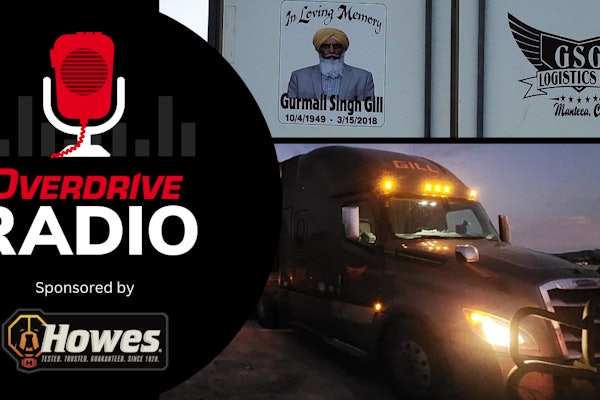Environmental concerns and finite oil reserves mean that future cars and trucks will have to run cleaner and more efficiently. Achieving these goals may require new ways of thinking in terms of vehicle and engine design, and fuels. Developing these new ideas was the aim of Michelin’s Challenge Bibendum, held Oct. 26-27 at the California Speedway in Fontana, Calif., and ending with a tour to the SEMA show in Las Vegas Oct. 28.
Edouard Michelin, CEO of the Michelin Group and great-grandson of one of the company’s founders, said his company has long believed in the benefits of competition. “Michelin has always believed in competition as a key way to promote improvements in automotive technologies,” he said. Competition drives ideas, Michelin said, and “the main goal of Challenge Bibendum is to bring new ideas.”
First held in France in 1998 in celebration of the 100th birthday of Bibendum, the Michelin Man, the Challenge has become a global forum for demonstrating green automotive technologies and draws entries from most major auto manufacturers. For the first time this year, commercial trucks and buses were also included in clean technology demonstrations.
Clean technologies demonstrated during the Challenge included fuel cells, clean diesel fuel, hybrid electric vehicles, compressed natural gas and liquefied natural gas vehicles, hydrogen internal-combustion engines, electric engines, ethanol and other bio-fuels. Teams competed in a variety of performance events testing acceleration, braking, slalom, energy use, emissions, noise levels and fuel range.
Freightliner Corp. displayed a Century Class S/T with a fuel cell auxiliary power unit for idle reduction. The fuel cell, manufactured by Xcellsis, powers all convenience items while the truck is parked, including the cab heater, air conditioner, television, stereo, refrigerator, microwave and coffee pot.
The system includes two Ballard fuel cell stacks as the auxiliary power unit. Hydrogen is pumped into the fuel cell from a tank mounted on the frame under the cab. When air is added, the hydrogen molecules become excited, splitting into a proton and an electron. A proton exchange membrane within the fuel cell allows the protons to pass through but not the electrons, building up a voltage within the cell. The system on the Freightliner demonstration truck delivers 1.4 kilowatts of 120 volts AC or 12 volts DC power through an 1,800-watt inverter.
Volvo Trucks North America displayed its technology truck featuring currently available idle reduction technologies such as charger/inverters for shore power and an electric heat and air conditioning system that does not require the truck’s engine power to operate. According to Volvo engineer Curtis Jacobson, lead electronics engineer for intelligent vehicle development, the company has installed more than 5,000 charger/inverters in the last few years. “There’s definitely a demand out there for ways to reduce idling,” he said. “Our goal is to heat and cool the sleeper cab without idling the engine.”
Frank Bio, Volvo director of marketing, noted Volvo engineers continue to reduce emissions from the company’s diesel engines. Speaking of the company’s recently announced V-Pulse injection technology, Bio said, “We take the heat generated by a diesel engine and use that heat to optimize performance and emissions controls.” An exhaust pressure governor reduces by half the fuel burned at idle, and allows quicker starts. Bio said the governor also helps reduce engine brake noise.
Michelin says the Challenge will move back to Europe next year, with plans to stage the event in North America again in 2003.





